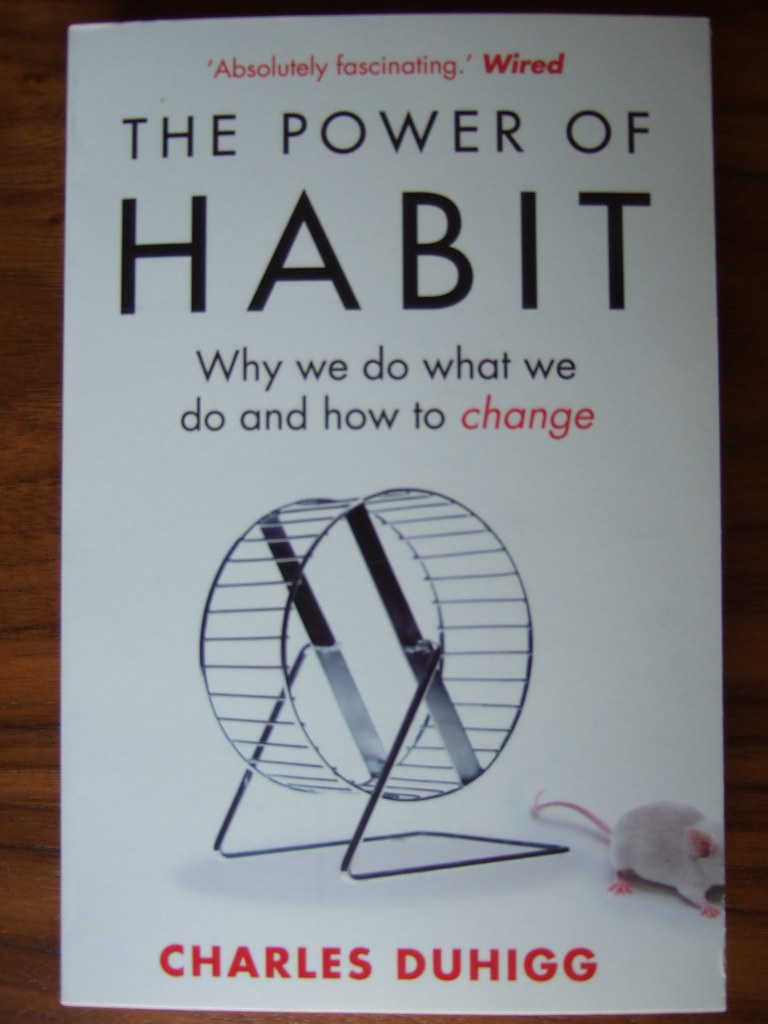
Pretty much everyone I know, knew about Amazon Prime Day. While most of them didn’t buy anything on Amazon that day, they still took the time and made the effort to look at the deals they could get on a day billed as being bigger and better than Black Friday and Cyber Monday.
How can such a self-serving sale day, or, as some venture to call it, a “holiday,” that’s so different from the norm succeed in retail?
Not Your Grandmother’s Sale
Let’s think about it. Why do retailers introduce sales? Traditionally, they are spurred on by a present and competitive business need, such as:
- Shedding excess inventory or old models/styles to make space for more in-demand items;
- Earning market share during high-sales volume times, like the winter holidays;
- Increasing cash flow to make new investments;
- Simply keeping up with competitors who market more aggressively on price.
But Amazon made this holiday up to celebrate their 20th anniversary last year. They’re already the largest retailer in the country and are poised to topple Macy’s as the largest apparel seller as well. It happened in the middle of July, during the mid-week grind, with no obvious holiday tie or “competitor sales”. It defied the accepted rules of engagement.
Playing Mind Games

A quick story: I was away with some high school friends last weekend. One was reading a book called “The Power of Habit: Why We Do What We Do in Life and Business” (found, of course, on Amazon for $9.18 in paperback, but there are over 400 vendors and options to choose from). The author, Charles Duhigg, talks about why we do the things we always do. Duhigg tells the reader about craving an afternoon cookie every day, and obliging himself. Then, through careful self-analysis, he realized the cookie need was not a result of hunger, but because he needed socialization and a walk. The true reward for his urge wasn’t unhealthy food, but camaraderie. Now, he skips that snack and feels a lot better.
To that same end, Amazon knows that people are creatures of habit and of reward. Amazon understands social psychology better than anyone and have the resources and marketplace influence to manipulate the masses into giving them more control over their consumption habits.
So they enlist their army of marketplace sellers, eager to spice up a lazy summer sales season, who live up to Amazon’s promotional hype and make it worthwhile for casual Amazon shoppers to sign up for Amazon’s $99/year Prime membership.
Prime Day conditions both sides of the transaction to expect benefits from using its platform. For buyers, it’s seemingly a no-brainer. “Save $400 on a 4K TV, have it on the doorstep in two days, plus get free shipping on anything I want for a whole year? Yes, please!” Even though deals beyond a few big-time purchases like those TVs were minimal, shoppers are being conditioned to see Amazon as the go-to place for what they need, which doesn’t pad margins now, but creates the conditions for increased market domination moving forward.
For marketplace sellers, the financial benefits weren’t tremendous, growing only 1% from 2015. The act of participating in the sale, again, really just has the same effect as a traditional sale, as mentioned above. But marketplace sellers are encouraged by the long-term (potential) benefit of increasing their regular customer base thanks to increased traffic from the rise in Prime subscriptions. For one day, they’ve seen a bump in sales volumes, unloaded inventory and brought in new buyers to their potential pool. They’re slowly being conditioned to rely on Amazon for larger and larger chunks of their revenue, becoming less autonomous and another pawn in Amazon’s domination of everything, everywhere, all the time.
Amazon Prime Day can be debated on its single-day successes on seemingly limitless merits, and goodness knows, it’s been debated. But what is undeniable is that Amazon is a master at making us look at them, think of them, engage with them, even when we don’t know we want to, or why we’re doing it. I’d call that a success.
